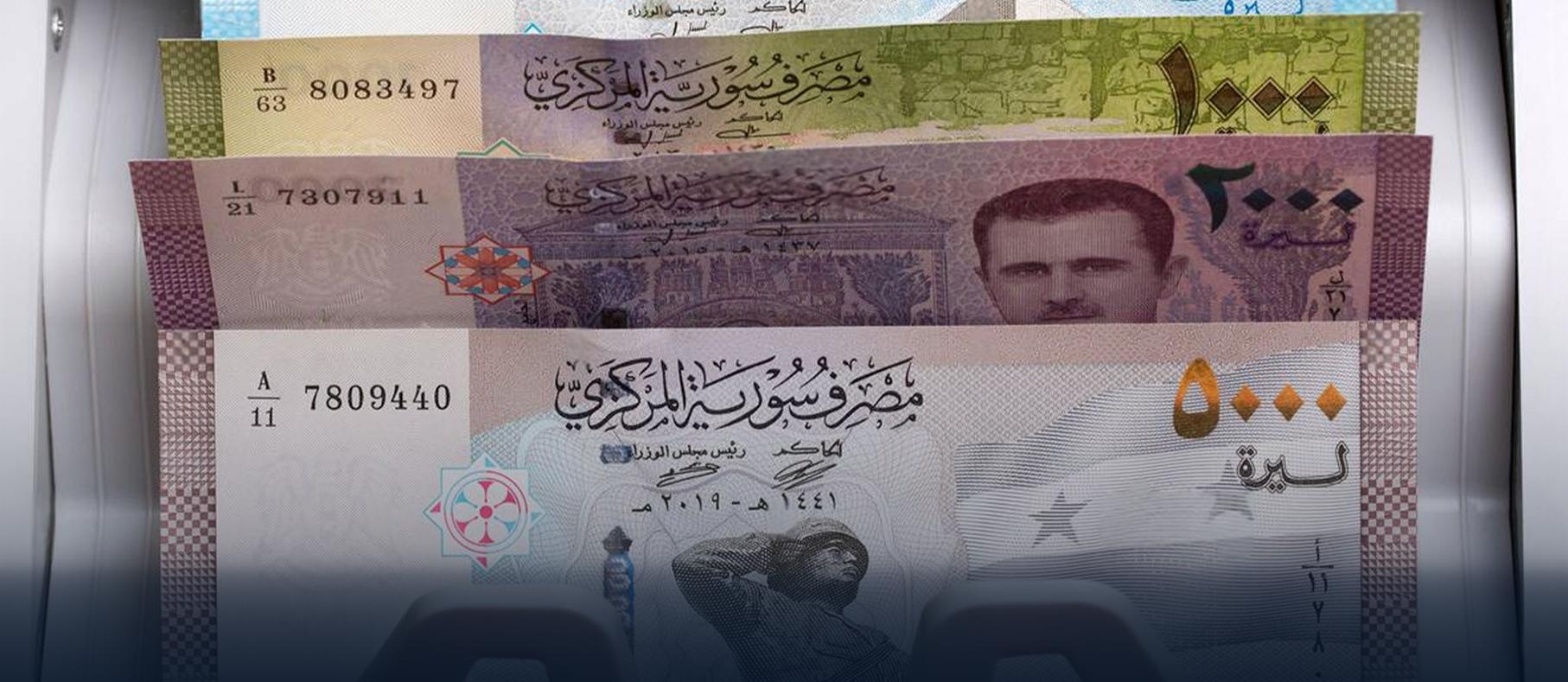The New Syrian Currency Between Economic Ambition and Technical Complexities
August 24, 202534 ViewsRead Time: 3 minutes

Font Size
16
In a move aimed at closing the chapter on a past burdened by inflation and monetary chaos, the Governor of the Syrian Central Bank, Abdul Qadir Hassoun, announced the launch of a new currency with the removal of two zeros from the nominal value, as part of a package of reforms aimed at restoring financial stability. This step raises questions about its feasibility in light of a fragile economic reality and significant technical and political challenges.
The Central Bank defends this step with several points, the most important of which are simplifying transactions and reducing computational complexities in daily dealings.
Severing ties with the legacy of the previous regime and sending a signal about the beginning of a new phase. Improving the image of the currency to attract investments and restore confidence in the financial system.
The main obstacles facing this plan are the technical capabilities, as Syria lacks advanced technology to print currencies that are difficult to counterfeit, forcing it to rely on countries like Russia or Germany, in addition to the financial costs, as the cost of printing the new currency is estimated in millions of dollars at a time when the treasury is suffering from resource scarcity.
The process of replacing the currency may take months or years, which could cause confusion in daily transactions.
Russian support may play a role in financing the printing of the new currency as part of economic cooperation agreements, and lifting American and European sanctions will be crucial for accessing international banking systems.
From previous Arab experiences in removing zeros, the experience of Iraq in 2003 shows the importance of security and political stability for the success of the process.
The plan could succeed if monetary reform is accompanied by improvements in economic performance, increased productivity, and lifting sanctions.
If the change is limited to the form without addressing the causes of inflation, then the plan may fail; therefore, some monetary stability must be achieved while structural challenges persist.
To ensure the success of this step, local production must be increased, foreign investments attracted, and the new currency provided in sufficient quantities across all regions. Along with a comprehensive media campaign to explain the benefits of the change and the mechanism of transition.
Removing zeros is not a magic solution, but rather part of a comprehensive reform process that must include productive and service sectors and combating corruption. Success will depend on the government's ability to achieve political and security stability and to convince Syrians that the change is not just a new paper for an old currency, but the beginning of a new economic era.
The Central Bank defends this step with several points, the most important of which are simplifying transactions and reducing computational complexities in daily dealings.
Severing ties with the legacy of the previous regime and sending a signal about the beginning of a new phase. Improving the image of the currency to attract investments and restore confidence in the financial system.
The main obstacles facing this plan are the technical capabilities, as Syria lacks advanced technology to print currencies that are difficult to counterfeit, forcing it to rely on countries like Russia or Germany, in addition to the financial costs, as the cost of printing the new currency is estimated in millions of dollars at a time when the treasury is suffering from resource scarcity.
The process of replacing the currency may take months or years, which could cause confusion in daily transactions.
Russian support may play a role in financing the printing of the new currency as part of economic cooperation agreements, and lifting American and European sanctions will be crucial for accessing international banking systems.
From previous Arab experiences in removing zeros, the experience of Iraq in 2003 shows the importance of security and political stability for the success of the process.
The plan could succeed if monetary reform is accompanied by improvements in economic performance, increased productivity, and lifting sanctions.
If the change is limited to the form without addressing the causes of inflation, then the plan may fail; therefore, some monetary stability must be achieved while structural challenges persist.
To ensure the success of this step, local production must be increased, foreign investments attracted, and the new currency provided in sufficient quantities across all regions. Along with a comprehensive media campaign to explain the benefits of the change and the mechanism of transition.
Removing zeros is not a magic solution, but rather part of a comprehensive reform process that must include productive and service sectors and combating corruption. Success will depend on the government's ability to achieve political and security stability and to convince Syrians that the change is not just a new paper for an old currency, but the beginning of a new economic era.